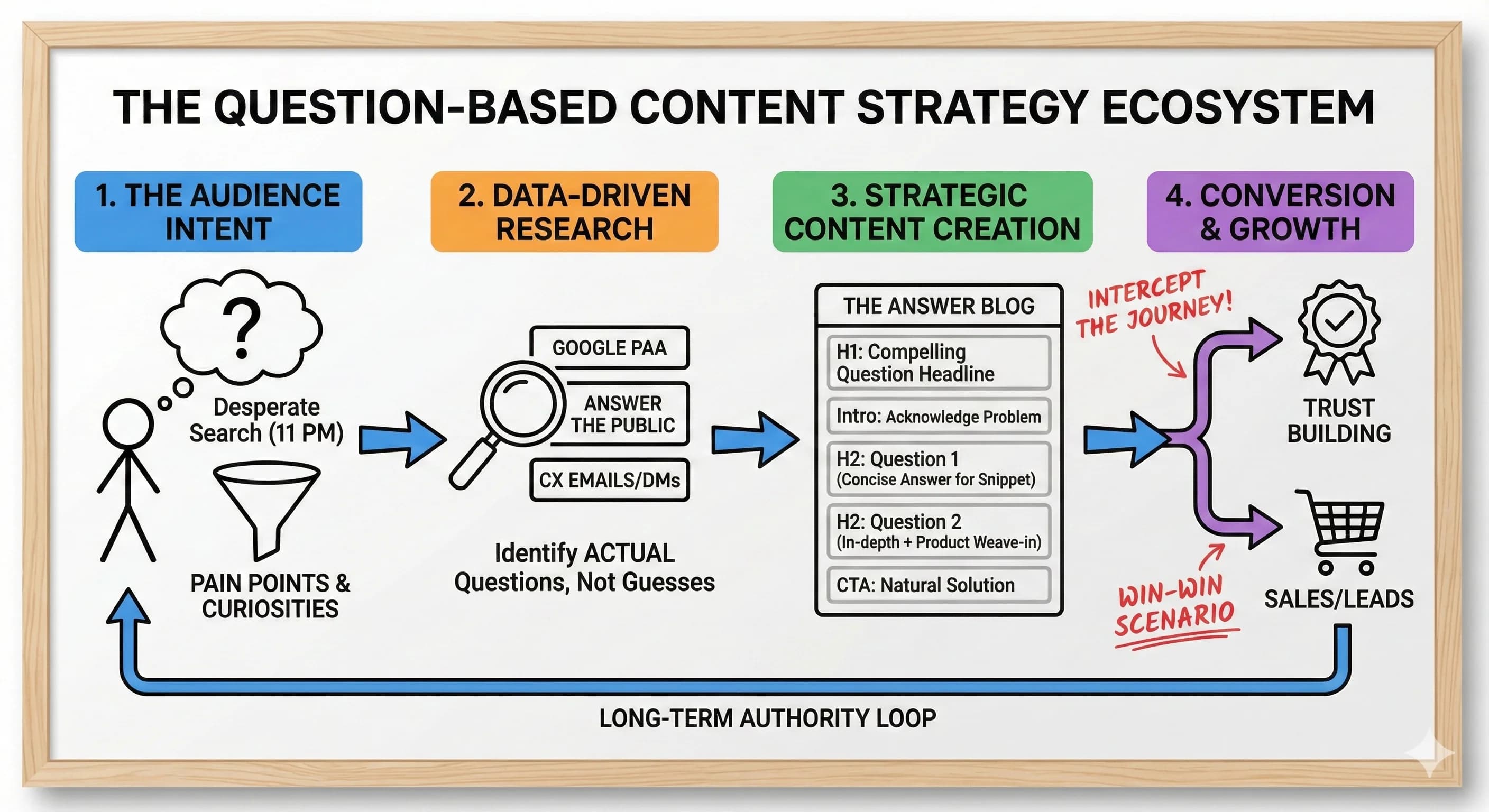How to Create Blog Content That Converts: The Complete Question-Based Strategy Guide
Learn how to create blog content that answers your audience's questions and drives conversions. Complete guide to question-based content strategies that actually work.
•5 min read
Details
Categories:
Topic:

Loading content...

